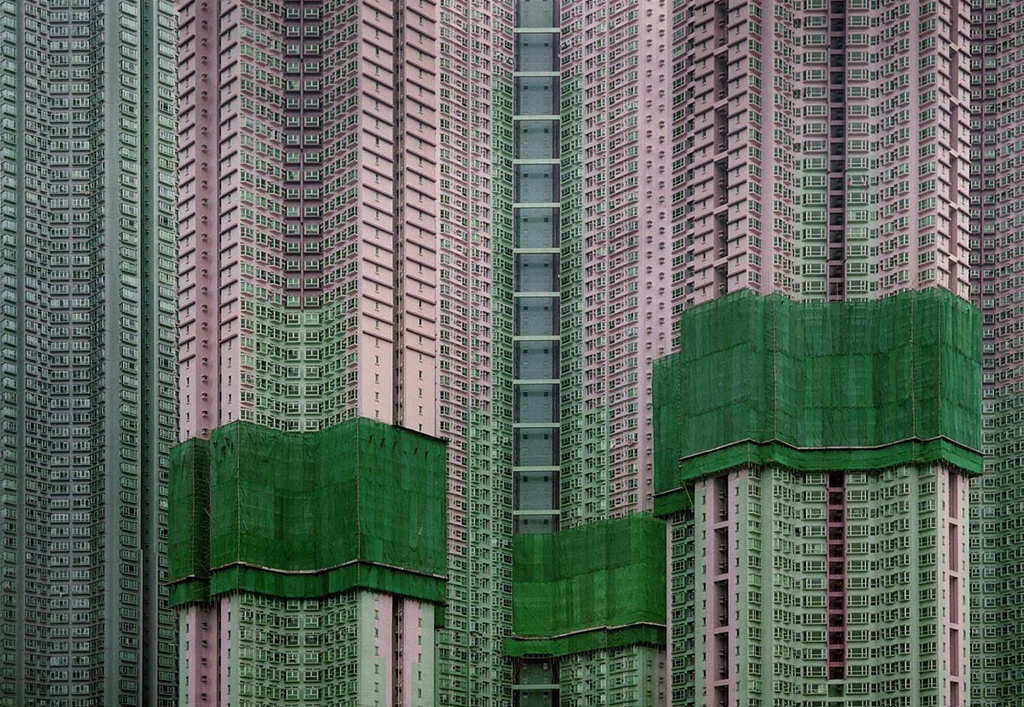MICHAEL WOLF
Architecture Of Density
MICHAEL WOLF
Michael wolf’s photography is that of an outsider. Born in germany, raised in the united states and canada, returning to germany to study photography before spending the vast majority of his career in asia, his work defies categorization. What distinguishes him from others is his acute ability to find the symbolic value in those seemingly insignificant details that so often go unnoticed. From this perspective, wolf has been able to produce a body of work, which deals with the more universal reality of contemporary city life.
Wolf began his career as a photojournalist, spending over a decade working in asia for the german magazine stern. While shooting his final story for the magazine, “china: factory of the world,” he discovered the seeds of his first major art project. Wolf developed the idea around plastic toys, a fascination of his since they were off limits to him as a child. Over a period of one month, he collected over twenty thousand toys “made in china,” scavenging through second-hand stores and flea markets up and down the california coast. He transformed this vast collection into an installation, the real toy story, which integrates portraits of workers in china’s toy factories into a series of walls covered entirely in plastic toys of all kinds. The result is an overwhelming, immersive experience; a graphic representation of the gargantuan scale of china’s mass production and the west’s hunger for a never-ending supply of disposable products. The gazes of the factory workers humanize this anonymous ocean of toys and invite us to reflect on the reality of trade in a world of consumer-driven globalization. Many of the characteristics of wolf’s work were already present in this first project: obsessive collecting, a recognition of the symbolic power of the vernacular, the combination of both macro and micro perspectives, and the ability to use a specific subject or focus to document the broader transformations of urban life.
In his best known series on hong kong’s highly compressed, often brutal architecture, architecture of density, wolf uses the city’s sky-scraping tower blocks to great effect, eliminating the sky and horizon line to flatten each image and turn these façades into seemingly never-ending abstractions. Beyond the stark beauty of these compositions, wolf’s studies of the thick concrete skin of the city make us wonder about the thousands of lives contained within each frame. Although hong kong is all but deserted in these images, minute signs of life creep to its surface… a shirt hanging out to dry or a silhouette behind a blind. Despite the stifling compression of this architecture, wolf’s compositions are laced with evidence of people’s ability and need to express their individuality within these formal structures.
The formalism and deadpan approach of architecture of density echoes the work that emerged from the dusseldorf school of bernd and hilla becher. Like the work of andreas gursky or thomas struth, wolf’s photographs reveal a desire to document and connect with the world around him, but with a contemporary visual approach. Contrary to the lyrical drama of ‘classic’ documentary photography, these images are coolly detached from their subject and the photographer’s presence behind the camera is barely perceptible.pace to fit their basic needs.





